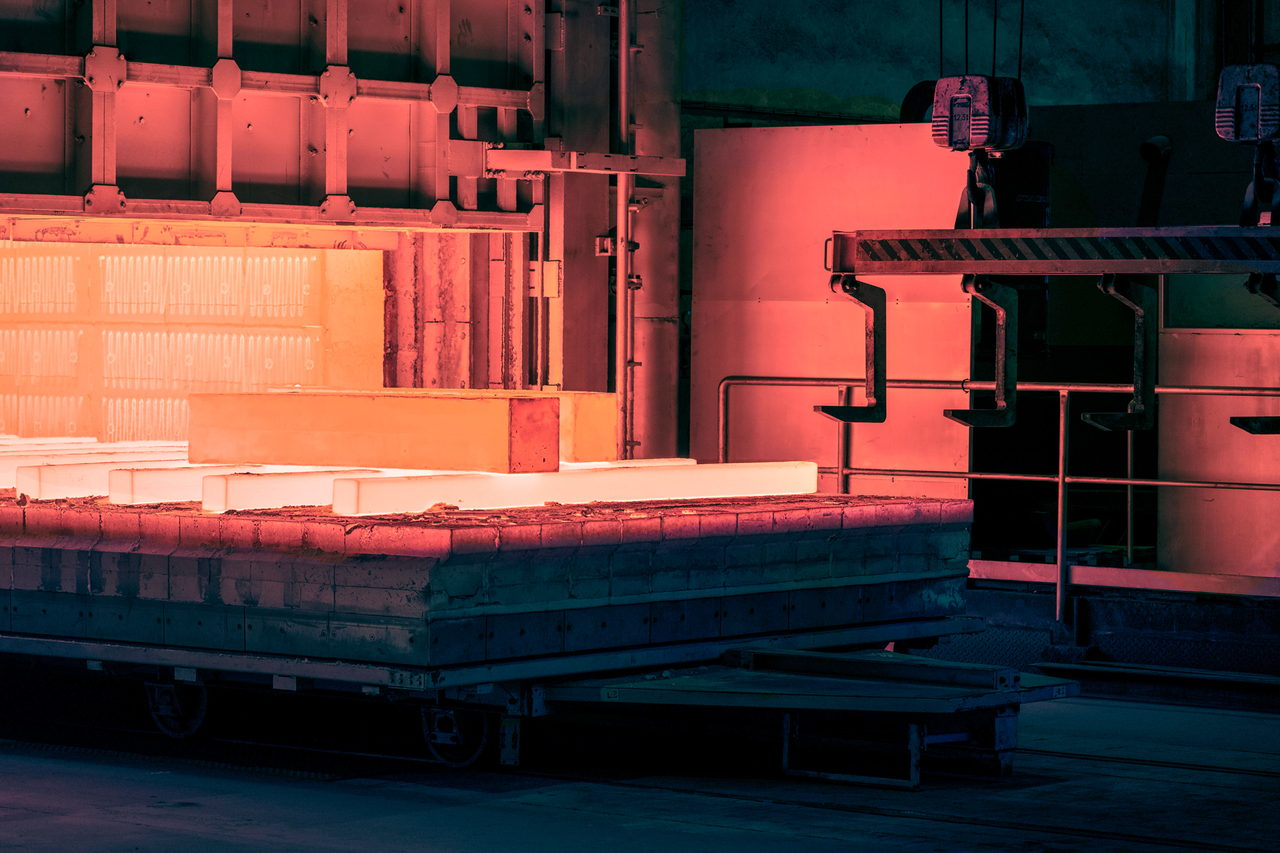
Kanthal
How can electric heating reduce emissions in steel production?
To reduce its climate impact, the steel industry needs to stop using fossil fuels in its heat-treatment processes, and electric heating is already an existing alternative. It is highly efficient, provides precise temperature control and can remove carbon dioxide emissions completely when used with renewable electricity.
Steel is an essential material for the modern world, but it is also a major source of greenhouse gases. Today’s iron and steel industry accounts for 6% of global carbon dioxide emissions and 8% of energy-related emissions, according to researchers at Columbia University’s Center on Global Energy Policy. The American iron and steel industry alone accounts for 62.1 million metric tons of direct carbon dioxide equivalent emissions annually, according to the U.S. Environmental Protection Agency.
Direct emissions are produced by burning fuel for power or heat through chemical reactions and from leaks from industrial processes or equipment. By replacing gas heaters with electric heaters, however, the industry can cut its emissions substantially.
“Electric heating can help the steel industry reduce its emissions while achieving high efficiency,” said Jon Hartmayer, sales area manager, NAFTA, at Kanthal. “Switching from gas to electric heating will remove all carbon dioxide emissions from the process itself, as well as emissions of nitrogen oxide and sulfur dioxide. If the heaters are powered by electricity from a renewable source, then it will be completely CO2 free.”
For example, electric heating can be used for prehearing slabs and ingots prior to hot rolling or in heat-treatment processes such as continuous annealing or galvanizing furnaces. Compared to the open-flame gas burners traditionally used in these processes, no heat is released with the exhaust gases, resulting in far lower energy losses. In addition, electric heating provides better heat uniformity and more precise temperature control, which improves the yield and quality of the final product.

An electric car-bottom furnace at Kanthal’s steel plant in Sweden is used for heating of ingots to 2372°F before rolling.
“Electrification gives a very high efficiency, up to 95%, with temperatures up to 3362°F (1850°C),” Hartmayer said. “Advanced control systems also allow you to get a precise temperature control of +/-1.0°C (+/-1.8°F).”
As an added benefit, the elimination of exhaust gases and emissions results in a safer, cleaner and quieter production environment. It also reduces the need for maintenance and servicing. For example, U- and W-shaped radiant tubes with gas burners – commonly used in continuous furnaces – need to be regularly monitored and adjusted during operation and shutdown for maintenance every 6-12 months. On the contrary, a straight radiant tube with an electrical heating element inside offers a far longer service life and is far less demanding when it comes to maintenance.
Jon Hartmayer, Sales Area Manager NAFTA at Kanthal

All images provided by Kanthal
INDUSTRIALHEATING.COM | BACK TO CONTENTS | MARCH 2022



